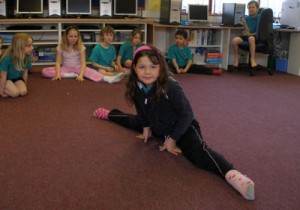Learning Disabilities
 Approximately 15-20% of the U.S. population have some form of learning disability, according to figures derived from the latest research conducted under the auspices of the National Institutes of Health. Learning disabilities impede a person’s ability to store, process or recall information. They can affect a child’s ability to read, write, speak, or compute math, and often impact the student’s ability to acquire socialization skills.
Approximately 15-20% of the U.S. population have some form of learning disability, according to figures derived from the latest research conducted under the auspices of the National Institutes of Health. Learning disabilities impede a person’s ability to store, process or recall information. They can affect a child’s ability to read, write, speak, or compute math, and often impact the student’s ability to acquire socialization skills.
Learning disabilities have distinct characteristics and should not be confused with other diagnoses, such as: mental retardation, autism, deafness, blindness and ADD/ADHD. Even though there is some overlapping of diagnoses with ADD/ADHD and other behavioural disorders, learning disabilities are a separate category. Learning disabilities manifest differently in different people, and at different periods in a person’s life. Early diagnosis and appropriate intervention may help to prevent loss of self-esteem, school drop-out and illiteracy.
Yoga provides an effective therapeutic alternative for children with learning disabilities. Yogic breathing exercises (pranayama) stimulate the central nervous system and strengthen the immune system. In combination with Yoga poses (asanas) and deep relaxation, pranayama facilitates the development of body awareness, balance, memory and concentration. Students with dyslexia often receive special benefit from practicing the yogic eye exercises, which strengthen the optic nerve, relax facial muscles and stimulate various centres of the brain. These exercises improve the eyes’ ability to focus and enhance word recognition skills. Eye exercises are only one example of how Yoga can be adapted to minimize specific learning deficits.

